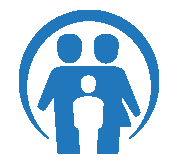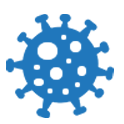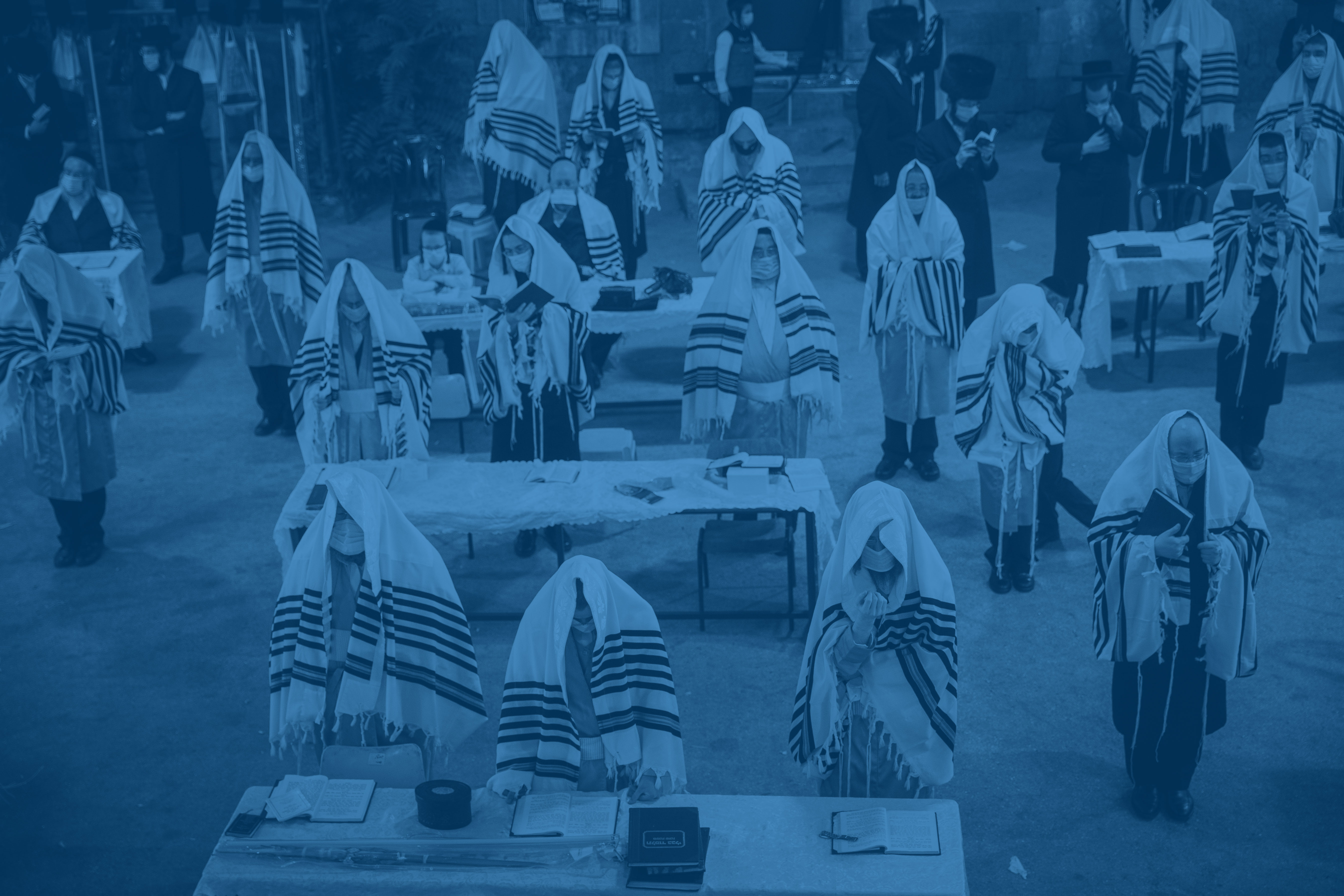Education
Chap. 2
Ultra-Orthodox Students by Education Stream
Ultra-Orthodox Students by Education Stream
The ultra-Orthodox educational stream constitutes a sizeable part of Israel’s Hebrew-speaking education system (25%), and of the Israeli education system as a whole (19%). Since the beginning of the millennium, the number of students in the ultra-Orthodox education stream has been rapidly growing, though the annual growth rate has slowed over the past five years (to 3.5%), while the annual growth rate in the State and State-religious education streams has risen (to 2.3%).
Over the last decade, ultra-Orthodox education has undergone a number of structural and system-wide changes, including the establishment of the Haredi Department in the Ministry of Education and the establishment of the State-Haredi education stream. In 2019–2020, there were some 347,000 students in ultra-Orthodox elementary and secondary schools. The majority of ultra-Orthodox educational institutions (74.5%) are in the Ministry of Education’s “unofficial but recognized” category (this includes the Independent Education system and the Bnei Yosef–Ma’ayan HaChinuch HaTorani school network), while almost one-quarter (22.5%) are in the “exempt” category (which enables them not to adhere to all Ministry requirements) and 3% –in the State-Haredi stream.
Matriculation Exams (Bagrut)
In the 2017–2018 academic year, 55% of ultra-Orthodox girls took at least one Bagrut exam, compared with just 31% in 2008–2009. However, during the same period, there was a slight drop in the percentage of ultra-Orthodox boys taking at least one Bagrut exam, from 16% to 14%. The overall percentage of ultra-Orthodox students eligible for a matriculation certificate in 2017–2018 was just 13%, compared with 80% of students in the State and State-Religious education streams.
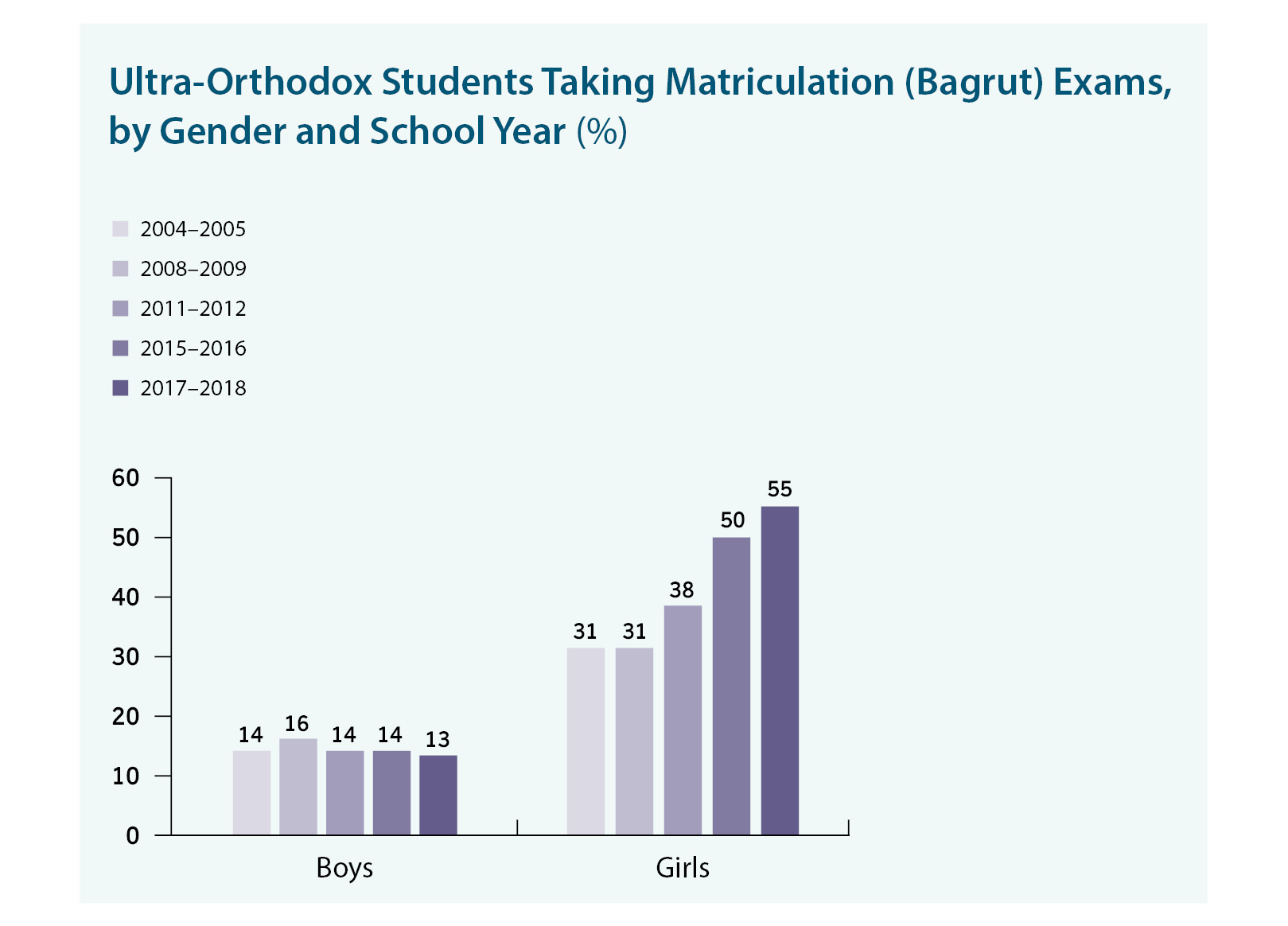
Yeshiva and Kollel Students
In 2013 and 2014, the number of yeshiva and kollel students declined relative to previous years, but from 2015 it began to rise again. In 2019, there were a total of 140,614 students in ultra-Orthodox Torah institutions for men aged 18 and above, with 70% of these- kollel students. This represents an annual growth rate of 5%, higher than the natural growth rate of the ultra-Orthodox population as a whole.
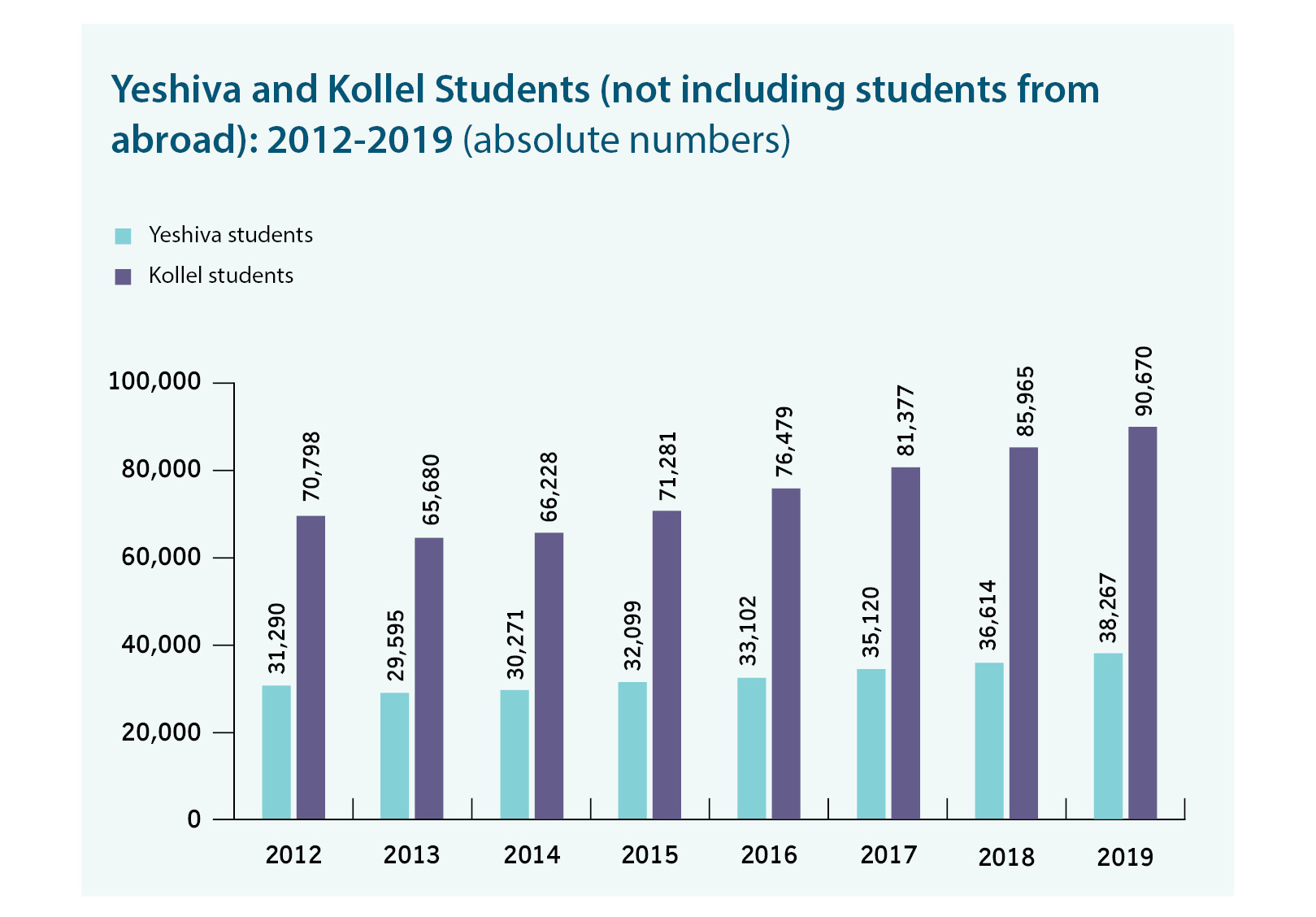
Higher Education
For many years, the number of ultra-Orthodox students in academic degree programs was very small. However, following changes in the demands of the labor market and the establishment of academic institutions specifically tailored to the needs of the ultra-Orthodox population, between 2010 to 2019, there was a threefold increase in the number of ultra-Orthodox students in higher education. In the 2019–2020 academic year, their number reached 13,100—68% of them, women. l. In the same year, after several years of stagnation, the number of ultra-Orthodox students rose once again, by a rate of 9–12% for ultra-Orthodox women and just 3% for ultra-Orthodox men. The number of those studying in advanced degree programs has risen even more dramatically, reaching 1,630 in 2019—five times the corresponding figure for 2010. In 2019–2020 alone, there was a 17% rise in the number of ultra-Orthodox students in advanced degree programs, as compared with the previous year.
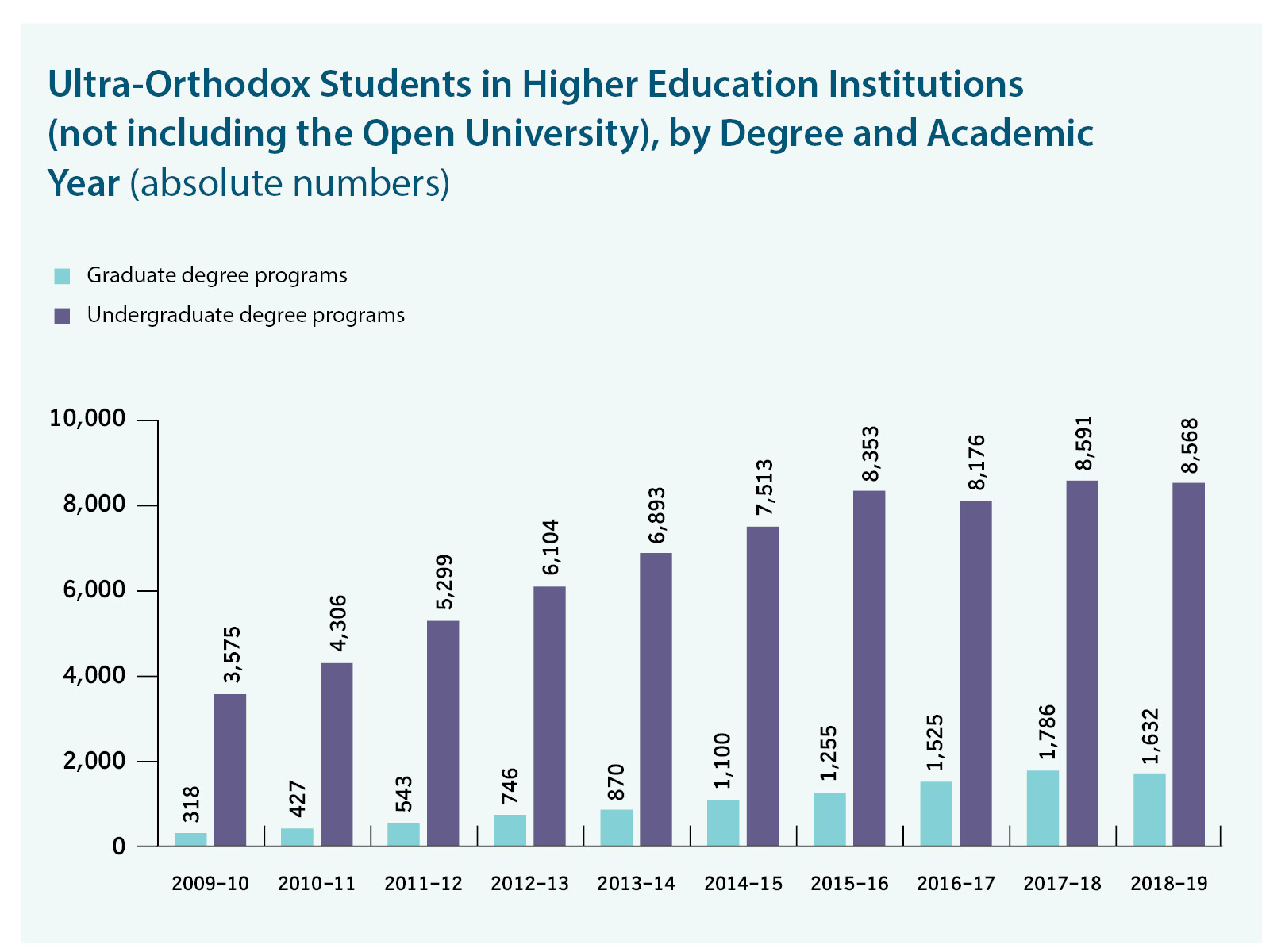
The distribution of subjects studied by ultra-Orthodox undergraduates differs from that among the general student population. Ultra-Orthodox students prefer to study more practical subjects that will enable them to work within the ultra-Orthodox community, such as education (31% of ultra-Orthodox students compared with 15% of students overall) or paramedical subjects (10% versus 5%), as well as subjects in which admission requirements are less stringent, such as business administration (10% of ultra-Orthodox students compared with 8% of the general student population).
Ultra-Orthodox students are also responding to changes in the labor market and in state regulation related to several subjects. Thus, the percentage of ultra-Orthodox students studying business administration dropped over this period, from 14% to 10%, and the percentage studying law – which was 12% in 2015–2016 – fell to 5% in 2018–2019, the same level as in the general student population (5%).
Over the same period, there was an increase in the percentage of ultra-Orthodox students studying social sciences (from 8% to 19.5%), natural sciences, and computer science (from 9% to 14%). As a result of these changes, the difference in the distribution of study subjects among ultra-Orthodox and other students is now smaller than in the past.
In addition to institutions of higher education, Israel also has a broad array of vocational training programs, of which technological training programs are a major component. The number of ultra-Orthodox students in technological training programs in 2019 stood at around 4,400—among them, 70% are women.

